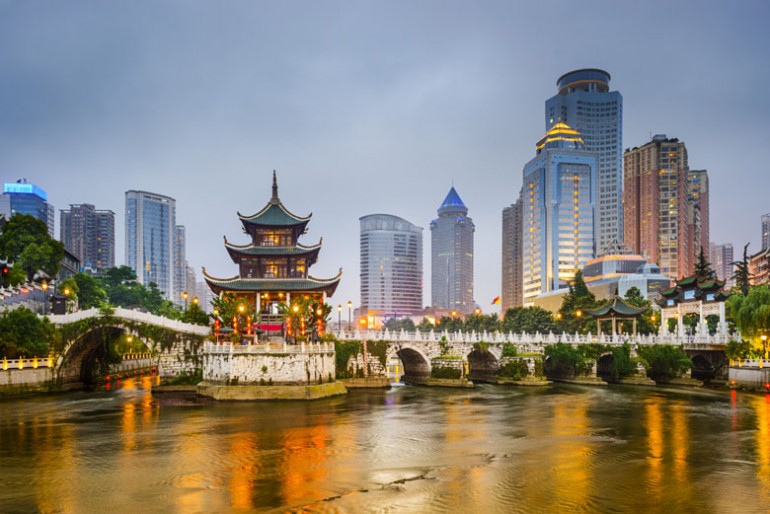Sponsored Listings:
Cruise lines have started to tear up their northern China itineraries following an order from the Chinese government to the country’s travel agencies to stop selling itineraries that include South Korea.
The Chinese directive follows the announcement late last month by the South Korean and U.S. governments that components for a new U.S.-developed anti-missile system were to arrive in South Korea last week for installation.
Known as the Terminal High Altitude Area Defense system, it is designed to intercept missiles up to 125 miles away as a means of protecting South Korea from missile strikes by North Korea, which has undertaken a series of long-range missile tests in recent months and tested a nuclear weapon as recently as last September.
The Chinese and Russian governments have objected to the installation of the missile-defense system because it employs powerful radar technology that the two countries assert can see into their territories.
Japan and South Korea are the main cruise destinations reachable from northern China on the four- and five-day itineraries preferred by most Chinese. With Korea suddenly off limits, cruises operated for Chinese passengers out of ports such as Tianjin and Shanghai will now focus primarily on visiting Japan, experts said.
In a statement, Costa Cruises said it would “remove calls to South Korean ports for our upcoming cruises homeported out of China, replacing them with cruising at sea or calls to destinations in Japan.”
Royal Caribbean International also said it will curtail visits to South Korean ports due to “recent developments regarding the situation in South Korea.”
Delivery of the parts for the missile-defense system came as North Korea tested four missiles launched in the direction of Japan that fell into the sea.
Dwain Wall, an executive at CruisingStore.com and a consultant familiar with the Chinese market, said there is no question that the Chinese government has the authority to order Chinese travel companies to stop selling cruises to Korea.
“There is a very tight licensing and regulatory control over travel agencies” in China, Wall said. “It does impact cruise, but it’s low season, thank God, and [the cruise lines have] been sort of able to regroup and change the ports to Japanese ports.”
If China’s ban persists into the busier summer months it could both overwhelm the port capacity in Japan and reduce demand for cruises in China because of the lack of destination variety.
Richard Fain, chairman of Royal Caribbean Cruises Ltd., said he could not predict how long the chill in China-Korea relations might last.
Stock analysts blamed news of the Korea tiff for a pull-back in cruise shares last week but said that it was excessive.
As a share of cruise lines’ global capacity, the analysts said China accounts for 9% of RCCL’s, 6% of Carnival Corp.’s and 4% to 5% of Norwegian Cruise Line Holdings’. Further, they pointed out, not all of that capacity is sailing from north China.
Sоurсе: travelweekly.com










